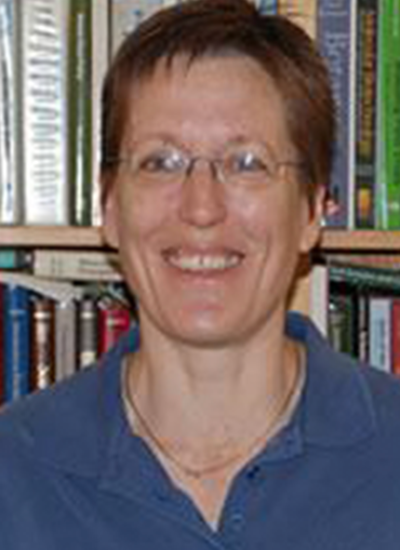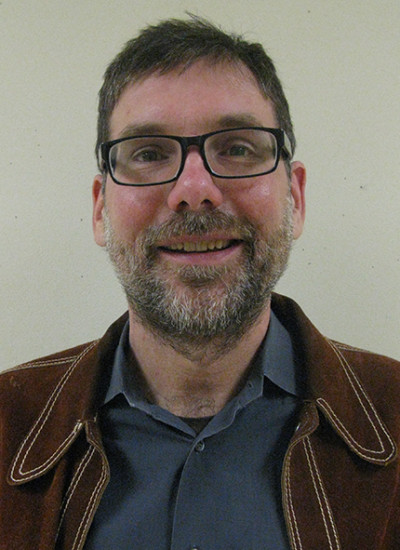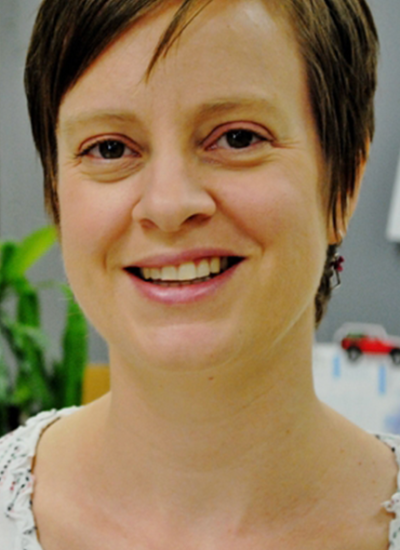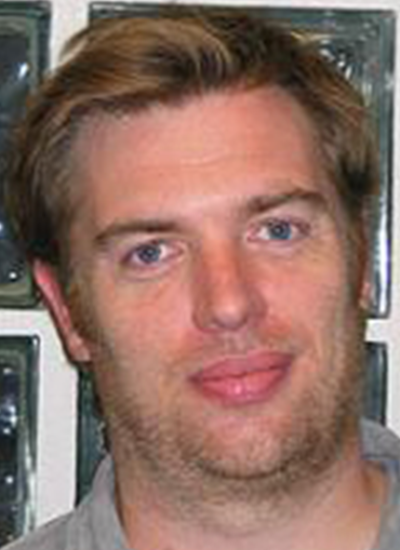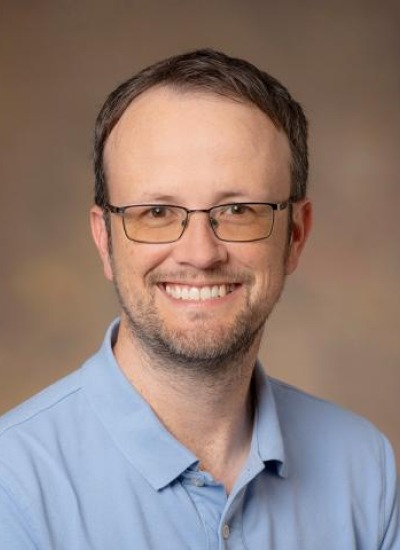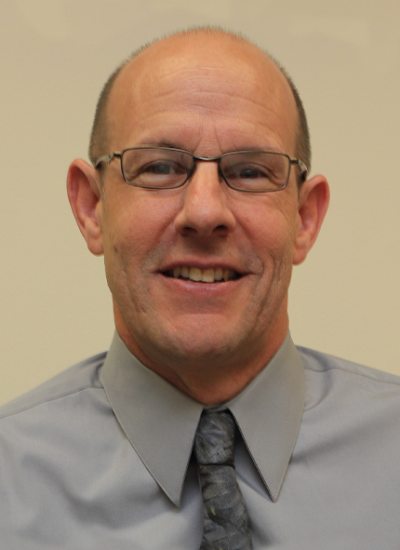Cell biology
Associate Department Head, Environmental Science
Professor, Environmental Science
Member of the Graduate Faculty
Professor, BIO5 Institute
Primary Department
Department Affiliations
Contact
(520) 626-5081
Matthew Hj Cordes
Associate Professor, Chemistry and Biochemistry-Sci
Associate Professor, BIO5 Institute
Primary Department
Department Affiliations
Contact
(520) 626-1175
Research Interest
Pascale G Charest
Associate Professor
Associate Professor, Chemistry and Biochemistry-Sci
Associate Professor, Cancer Biology - GIDP
Member of the Graduate Faculty
Associate Professor, BIO5 Institute
Primary Department
Department Affiliations
Contact
(520) 626-2916
Research Interest
Andrew P Capaldi
Associate Professor, Molecular and Cellular Biology
Associate Professor, Genetics - GIDP
Associate Professor, BIO5 Institute
Member of the General Faculty
Member of the Graduate Faculty
Primary Department
Department Affiliations
Contact
(520) 626-9376
Research Interest
Ross Buchan
Associate Professor, Molecular and Cellular Biology
Associate Professor, Cancer Biology - GIDP
Associate Professor, BIO5 Institute
Member of the General Faculty
Member of the Graduate Faculty
Primary Department
Department Affiliations
Contact
(520) 626-1881
Work Summary
The Buchan lab studies how cells regulate gene expression at the level of cytoplasmic messenger RNA (mRNA), the templates of protein synthesis. Areas of particular interest include mRNA-protein bodies called stress granules and P-bodies, which regulate mRNA function, cell signaling, and are implicated in the pathology of viral replication, various cancers and neurodegenerative diseases such as ALS.
Research Interest
Scott A Boitano
Professor, Physiology
Professor, Cellular and Molecular Medicine
Associate Research Scientist, Respiratory Sciences
Professor, Physiological Sciences - GIDP
Professor, BIO5 Institute
Member of the General Faculty
Member of the Graduate Faculty
Primary Department
Department Affiliations
Contact
(520) 626-2105
Research Interest
Parker B Antin
Associate Dean, Research-Agriculture and Life Sciences
Associate Vice President for Research, Agriculture - Life and Veterinary Sciences / Cooperative Extension
Professor, Cellular and Molecular Medicine
Professor, Molecular and Cellular Biology
Professor, BIO5 Institute
Primary Department
Department Affiliations
Contact
(520) 621-5242
Research Interest
Pagination
- Previous page
- Page 3


